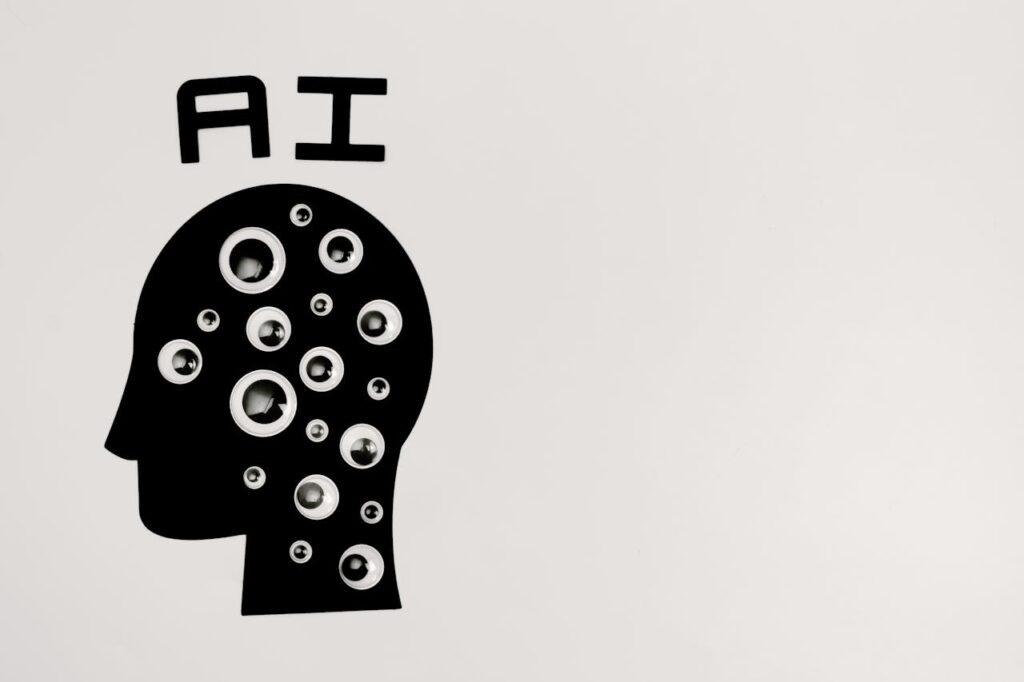Unraveling the Hierarchy of AI in Technology

Introduction
Artificial Intelligence (AI), Machine Learning (ML), and Deep Learning (DL) are often used interchangeably, but they represent distinct aspects of modern technology. Understanding the differences between them is essential for anyone looking to grasp the advancements driving innovation today. This blog explores the relationship between AI, ML, and DL, highlighting their unique characteristics, applications, and how they fit into the broader technological landscape.
The Hierarchy of AI, ML, and DL
To better understand these terms, think of them as a hierarchy:
- Artificial Intelligence (AI): The overarching field that aims to create machines capable of mimicking human intelligence.
- Machine Learning (ML): A subset of Artificial Intelligence that enables systems to learn from data and improve over time.
- Deep Learning (DL): A further specialization of ML, using neural networks to analyze and learn from large datasets with high complexity.
1. What is Artificial Intelligence (AI)?

Artificial Intelligence is the broadest concept, encompassing technologies designed to perform tasks that typically require human intelligence, such as reasoning, learning, problem-solving, and perception.
Types of Artificial Intelligence:
- Narrow AI: Focused on specific tasks (e.g., Siri, spam filters).
- General AI: Hypothetical systems capable of human-like cognition.
- Superintelligent AI: A future concept where machines surpass human intelligence.
Applications of AI:
- Virtual assistants (Alexa, Google Assistant)
- Autonomous vehicles
- Fraud detection
Key Takeaway: AI is the “big picture,” striving to simulate intelligent behavior in machines.
2. What is Machine Learning (ML)?

Machine Learning is a subset of Artificial Intelligence where systems learn patterns from data to make predictions or decisions without explicit programming. It uses algorithms to identify trends, classify data, and adapt over time.
How ML Works:
- Input Data: The system is fed labeled or unlabeled data.
- Training: Algorithms analyze the data to identify patterns.
- Prediction: The model applies learned insights to new, unseen data.
Types of ML:
- Supervised Learning: Models learn from labeled data.
- Unsupervised Learning: Models identify patterns in unlabeled data.
- Reinforcement Learning: Models learn by interacting with an environment and receiving rewards or penalties.
Applications of ML:
- Recommendation systems (Netflix, Amazon)
- Medical diagnoses
- Stock market predictions
Key Takeaway: ML is a tool within Artificial Intelligence, focusing on enabling machines to learn and improve autonomously.
3. What is Deep Learning (DL)?

Deep Learning is a specialized branch of ML that uses artificial neural networks designed to mimic the human brain. These networks consist of layers of interconnected nodes (neurons) that process and analyze vast amounts of data.
How DL Works:
- Neural networks process data in layers, extracting increasingly complex features.
- DL excels at analyzing unstructured data like images, audio, and text.
Technologies Used:
- Convolutional Neural Networks (CNNs): Used in image recognition.
- Recurrent Neural Networks (RNNs): Used in language modeling and time-series prediction.
- Transformers: Powering NLP models like ChatGPT.
Applications of DL:
- Image recognition (facial recognition systems)
- Natural Language Processing (NLP)
- Autonomous driving
Key Takeaway: DL is the most advanced subset of ML, using neural networks to process high-dimensional data.
Key Differences Between AI, ML, and DL
| Aspect | AI | ML | DL |
|---|---|---|---|
| Definition | The broad concept of intelligent machines | AI subset focused on learning | ML subset using neural networks |
| Focus | Mimicking human intelligence | Learning from data | Processing unstructured data |
| Complexity | Broad | Moderate | High |
| Examples | Virtual assistants, robotics | Fraud detection, forecasts | Image recognition, chatbots |

How They Work Together
Imagine building a self-driving car:
- AI: Powers the car’s overall intelligence, including decision-making and perception.
- ML: Helps the car learn driving rules and adapt to new scenarios.
- DL: Processes visual data from cameras and sensors to identify pedestrians, vehicles, and traffic signs.
Challenges and Ethical Considerations
- Bias: ML and DL models may perpetuate biases present in training data.
- Transparency: Neural networks in DL often act as “black boxes,” making their decision-making processes difficult to interpret.
- Resource Intensity: Training DL models requires substantial computational power and energy.
- Misuse: AI technologies like deepfakes pose ethical challenges.
Conclusion
Artificial Intelligence, Machine Learning, and Deep Learning are interconnected yet distinct fields driving technological progress. While Artificial Intelligence encompasses the broader goal of creating intelligent systems, ML and DL are its practical tools that bring this vision to life. As we continue to innovate, understanding these differences is key to leveraging their potential responsibly and effectively.
Whether you’re a developer, a business leader, or simply an enthusiast, the Artificial Intelligence revolution is here—are you ready to be part of it?
Free Artificial Intelligence Course
Welcome to UGTWorld’s newest segment – A Complete Artificial Intelligence Free Course designed to empower learners with in-depth knowledge of AI, from fundamentals to advanced applications. This course is your gateway to understanding and mastering the dynamic world of Artificial Intelligence, with a special focus on cutting-edge fields like Generative AI and Imprinting AI.


